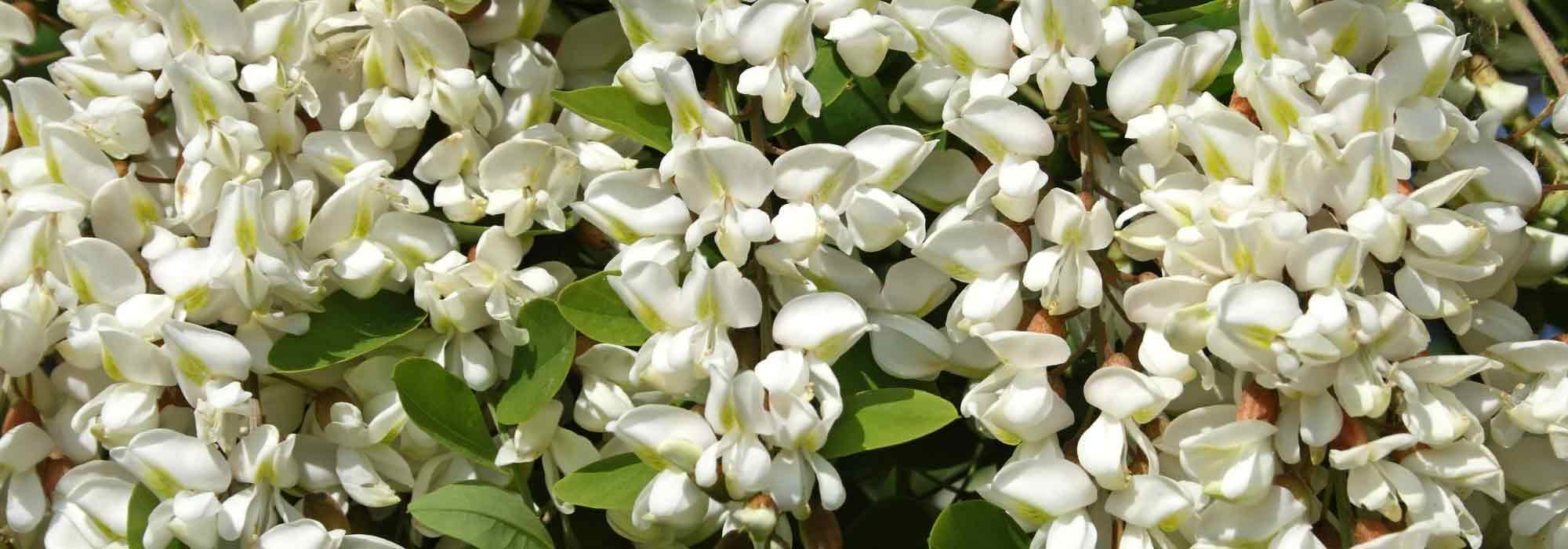
7 trees with white flowers
Our selection of trees with maculate flowering
Contents
White brings serenity and elegance to the garden. When it is trees adorned with immaculate flowers, the entire surrounding space benefits from the calming and bright atmosphere created. Whether they are majestic large trees or small specimens suited to limited spaces, whether they are adorned with large ornamental flowers or a multitude of small flowers like so many flakes, discover our favourite white-flowering trees.
Davidia involucrata or Handkerchief tree
The common name of this deciduous tree, Handkerchief tree, perfectly evokes the shape of its flowers, surrounded by large, very original pendulous bracts. This abundant white flowering blooms from early May to the end of June, giving it undeniable appeal. Its branches spread rapidly, reaching up to 12 m in height and an impressive span of 10 m. The large leaves (8 to 16 cm) of Davidia are heart-shaped and a lovely bright green.
Davidia involucrata prefers rich, fertile, fresh but well-drained soil, and enjoys a sunny exposure. Very hardy, it can withstand winter temperatures dropping to -15 °C or even lower.
Its drawback may be testing the patience of gardeners, as its magnificent white flowering only appears after 15 to 20 years. In this case, prefer the variety Davidia involucrata ‘Sonoma’, a rare form of the Handkerchief Tree, capable of flowering in the early years.
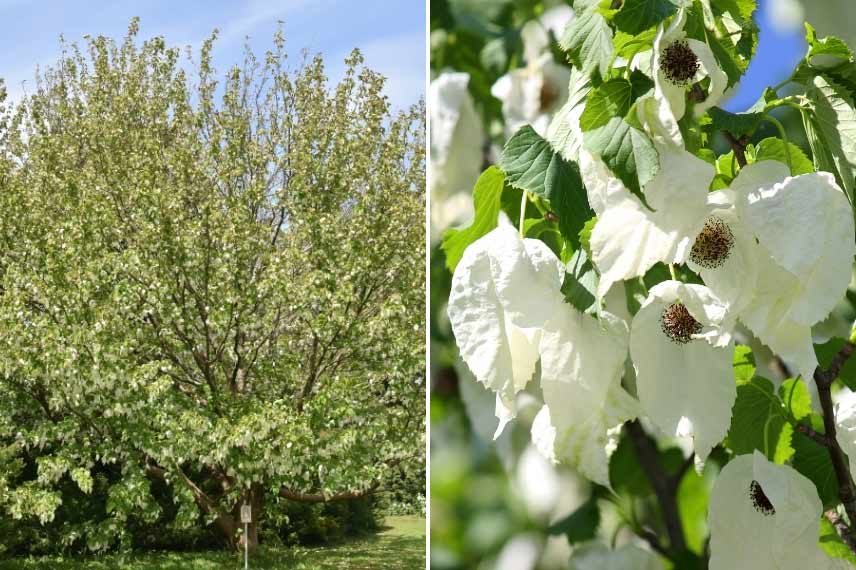
Davidia involucrata
→ To learn all about planting the Handkerchief tree, read our comprehensive guide: “HANDKERCHIEF TREE, DAVIDIA: PLANTING, PRUNING, CARING“
Magnolia denudata 'Double Diamond' or Yulan Magnolia
This variety of magnolia provides a grand spectacle in spring with its countless pure white star-shaped flowers. Perfectly hardy, the Magnolia denudata ‘Double Diamond’, or Yulan Magnolia, originates from China, where its ornamental qualities have been recognised for centuries. Its admirable delicately scented white flowers precede the appearance of large deep green ovate leaves. It is a small deciduous tree with a rounded habit, reaching 8 to 10 m in height with a spread of 5 m, perfect for restricted spaces, where it will be the focal point in rich, cool, slightly acidic soil. Protect it from prevailing winds and plant it in full sun or partial shade to see it thrive. A mulch at the base will help retain moisture.
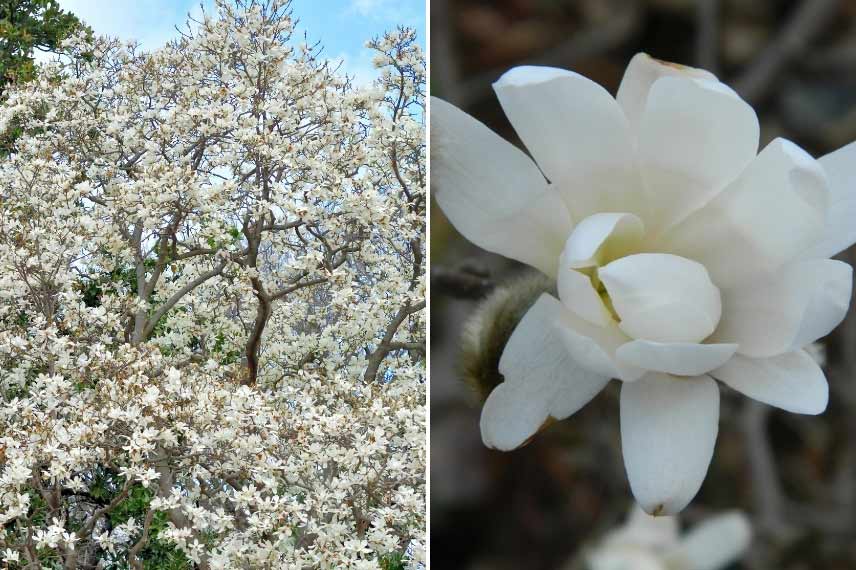
Magnolia denudata ‘Double Diamond’
→ To learn all about planting and pruning Magnolia, check our guides: MAGNOLIAS: PLANTING, PRUNING AND CARE and Magnolia: when and how to prune?
Discover other Trees and large shrubs
View all →Available in 0 sizes
Available in 1 sizes
Available in 1 sizes
Available in 1 sizes
Available in 1 sizes
Available in 1 sizes
Available in 1 sizes
Available in 2 sizes
Available in 1 sizes
Available in 1 sizes
Robinia pseudoacacia or Black Locust
Elegance and finesse define Robinia pseudoacacia or Black Locust. This deciduous tree reaches a height of around 15 metres at maturity, offering us a melliferous flowering in long pendulous clusters of pure white, spreading a wonderful orange blossom fragrance. Initially light green, its delicate and airy leaves turn golden yellow in autumn.
This Black Locust grows quite rapidly to reach a height of 15 m and a spread of 8 m. It is rustic down to -15 °C and prefers a light, well-drained soil, even poor, ideally fresh, although it tolerates summer drought well once established and rooted. It thrives in full sun, especially sheltered from prevailing winds and salt spray: its brittle branches and flowering will certainly suffer otherwise.
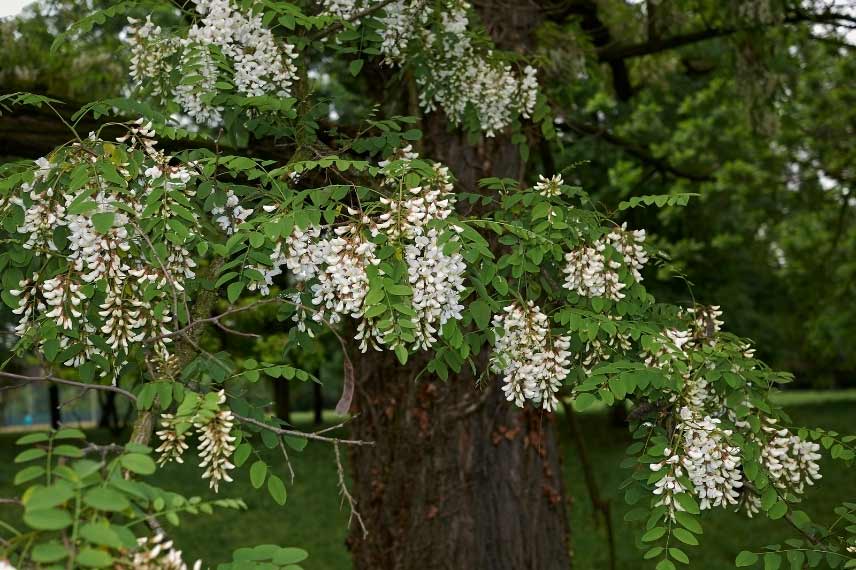
Robinia pseudoacacia
Prunus serrulata 'Shirofugen' or Flowering cherry
Awarded the prestigious Award of Garden Merit for its qualities, this cultivar of Flowering Cherry Prunus serrulata ‘Shirofugen’ truly has more than one asset! First, its magnificent flowering that completely covers it when spring arrives: snow-white, pure white with a slight blush, double and fragrant, it presents a profusion of small pom-poms grouped in bouquets. The young deciduous leaves, bronze in colour, extend the spectacle of the flowering before turning deep green and taking on vibrant hues in autumn.
Its lovely spreading silhouette is also remarkable, forming an adorable small tree 8 m high and 6 m wide with a spreading canopy. Even if your garden is small, you can find a place for it, preferably in fairly rich, cool but well-drained soil with a neutral pH. It is hardy down to -15 °C.
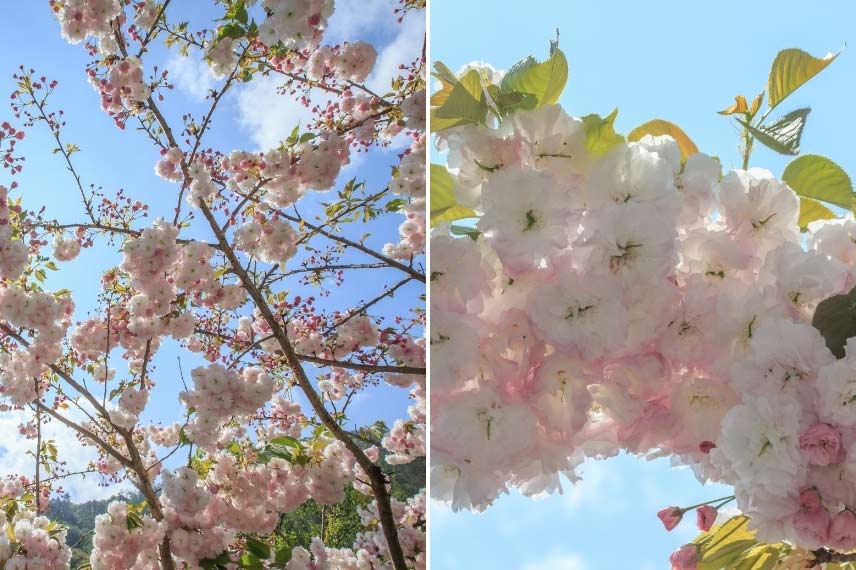
Prunus serrulata ‘Shirofugen’
Pterostyrax hispidus or Epaulette tree
Flowering from June to July, the Pterostyrax hispida or Epaulette tree delights us with its charming white flowers grouped in pendulous clusters of 10 to 25 cm, followed by decorative fruits throughout winter. This is a hardy little Japanese tree, rare in gardens yet easy to cultivate, to be planted in any rather cool soil, even calcareous, and in a sunny position. Reaching no more than 6 to 10 m in height, it is a small specimen that will easily fit into a compact space where its dense crown, with branches covered in deciduous ovate leaves of a beautiful bright green, will create a truly graceful focal point.

Pterostyrax hispida
Aesculus hippocastanum or Horse chestnut
Also known as White Horse Chestnut or Indian horse chestnut, Aesculus hippocastanum is a well-known tree in our regions. It is a large tree (height 20 m and spread 15 m), deciduous, best suited for spacious gardens. Its flowering occurs in spring: large conical clusters of pale pink flowers completely adorn the branches of this majestic tree, making it particularly ornamental. This flowering is then followed by the typical fruiting of horse chestnuts. The large, bright green palmate leaves turn a beautiful golden yellow in autumn.
Very hardy and low-maintenance, the horse chestnut adapts to all soils, provided they are deep, as well as to all climates. It is rustic down to -15 °C, and it should be avoided in dense shade.

Aesculus hippocastanum
→ To learn all about planting the Common Horse Chestnut, check our sheet: “HORSE CHESTNUT, AESCULUS HIPPOCASTANUM: PLANTING, GROWING AND CARE“
Emmenopterys henryi: a rarity
Protected species native to southern China, Emmenopterys henryi can reach heights of up to 45 m and live for several centuries in its native habitat. Its rare flowering, on an equally rare specimen, is stunning but unpredictable, delighting enthusiasts. It comprises intensely fragrant cream-white tubular flowers that appear on the upper branches from June to August. This magnificent tree, with its spreading habit, features lovely dark, glossy foliage, with young shoots that are bronze-red, as well as grey, cracked bark.
Emmenopterys henryi thrives when planted in deep, rich, humus-bearing, cool, well-drained soil, in sunny or partially shaded locations, sheltered from cold or drying winds. Quite hardy, it can withstand temperatures down to -15 °C.
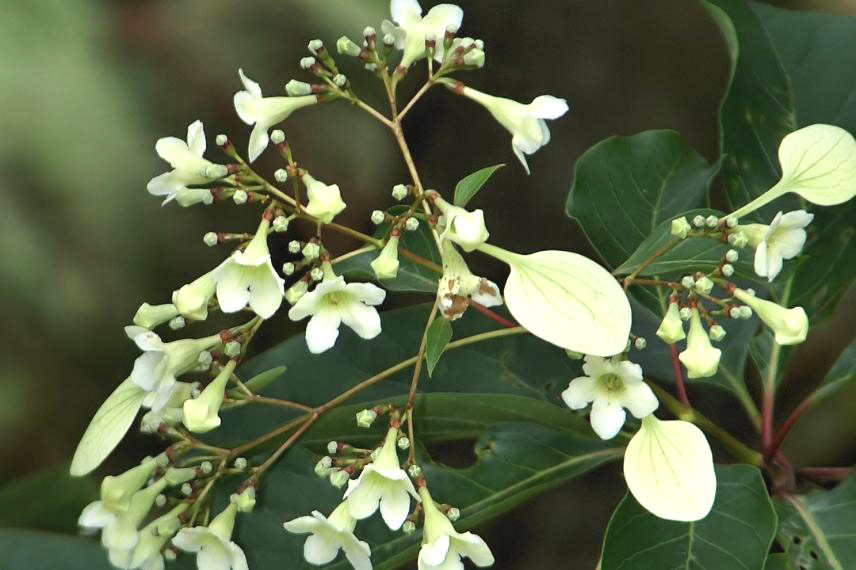
Emmenopterys henryi (photo Wikipedia)
- Subscribe!
- Contents
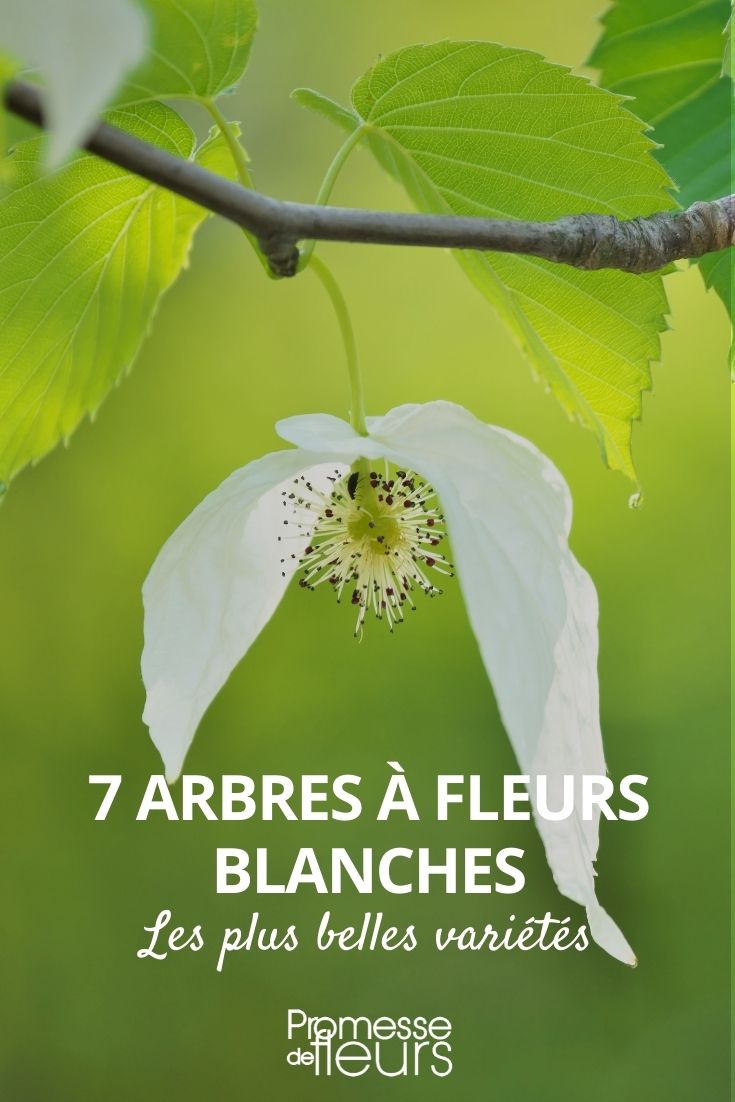

































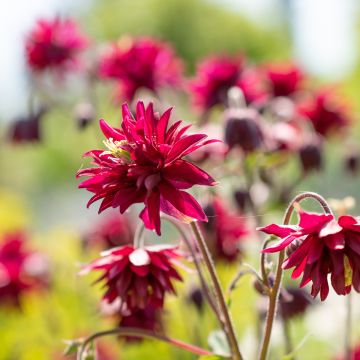

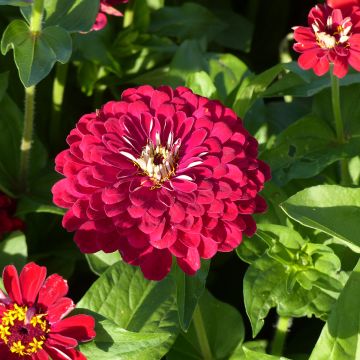

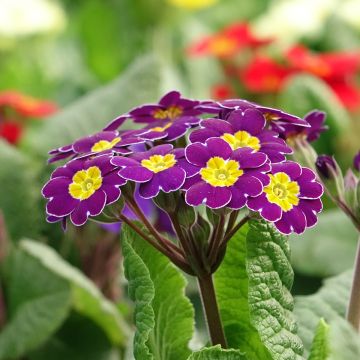
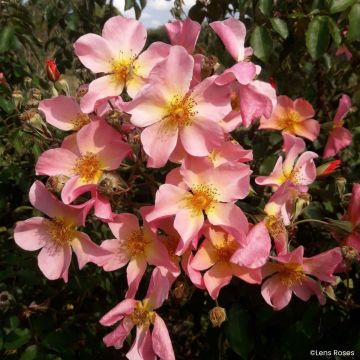
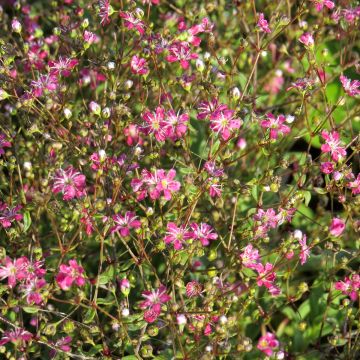
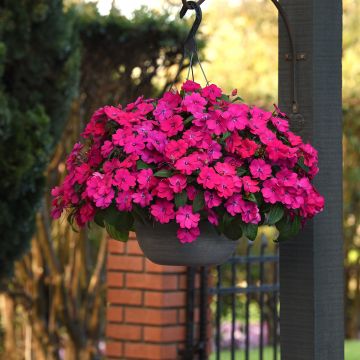
Comments